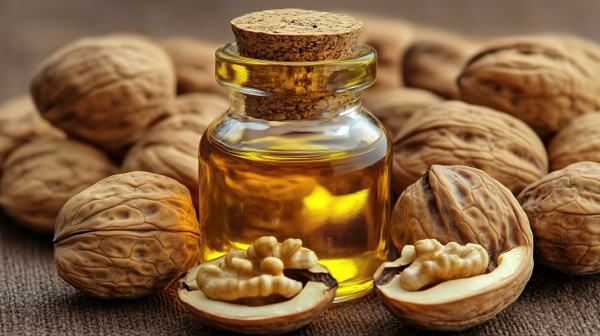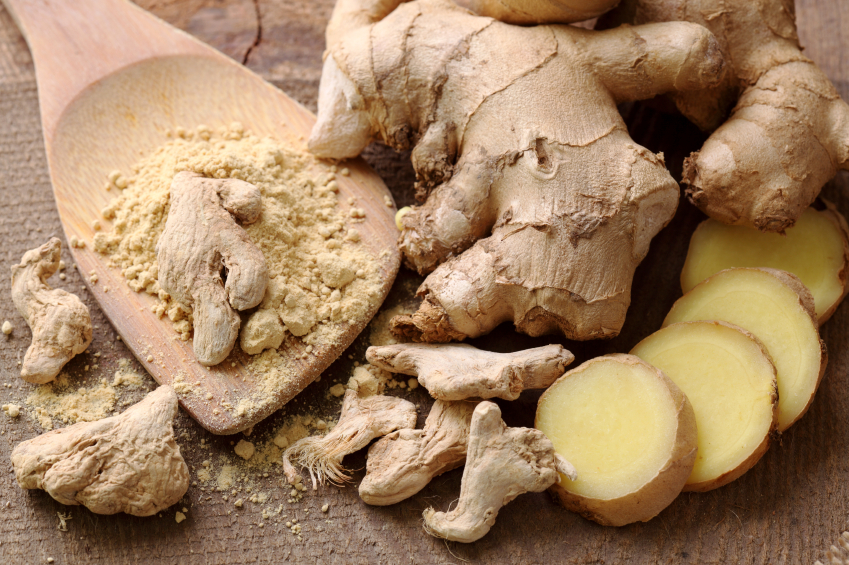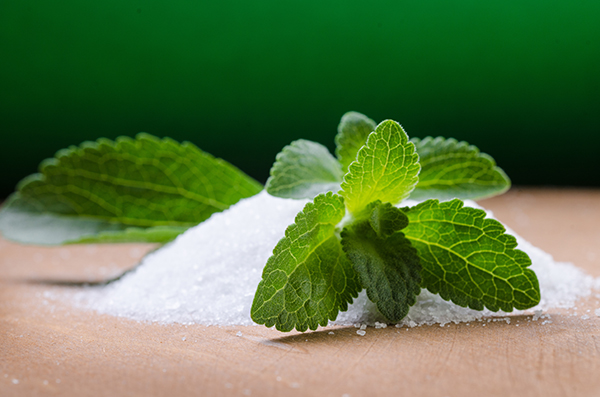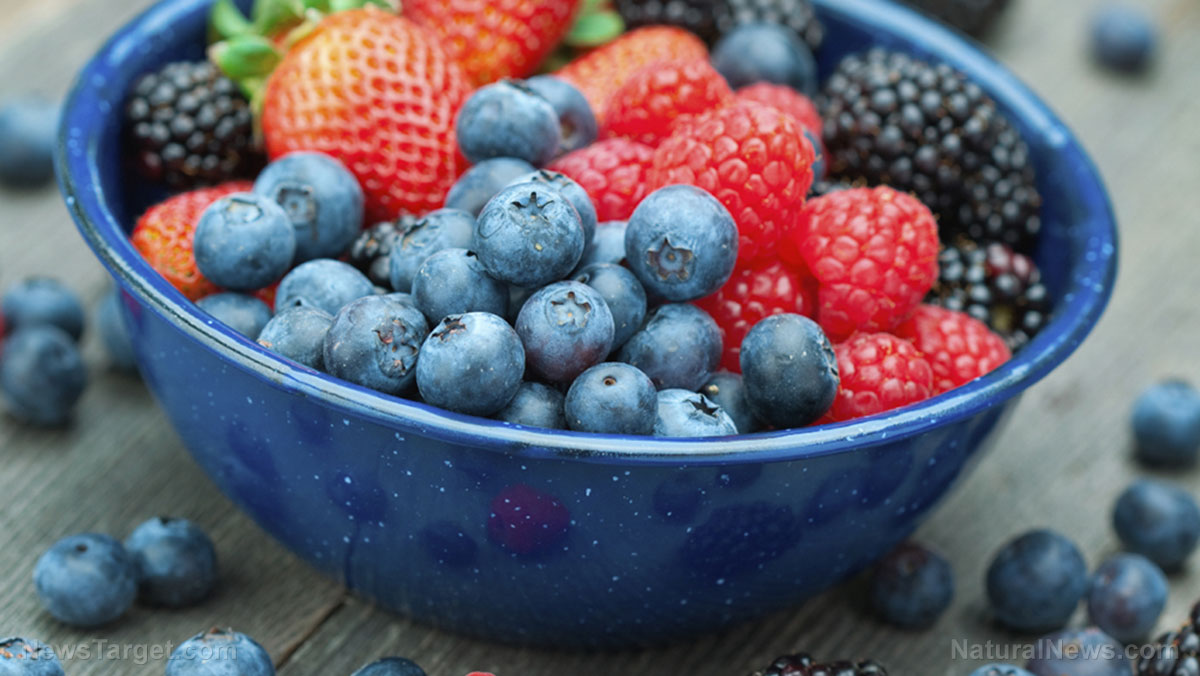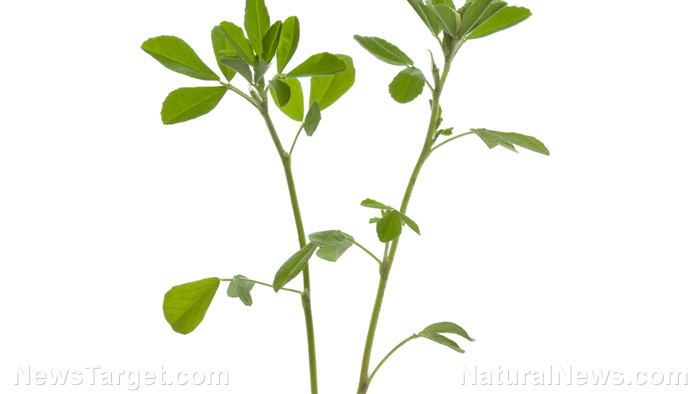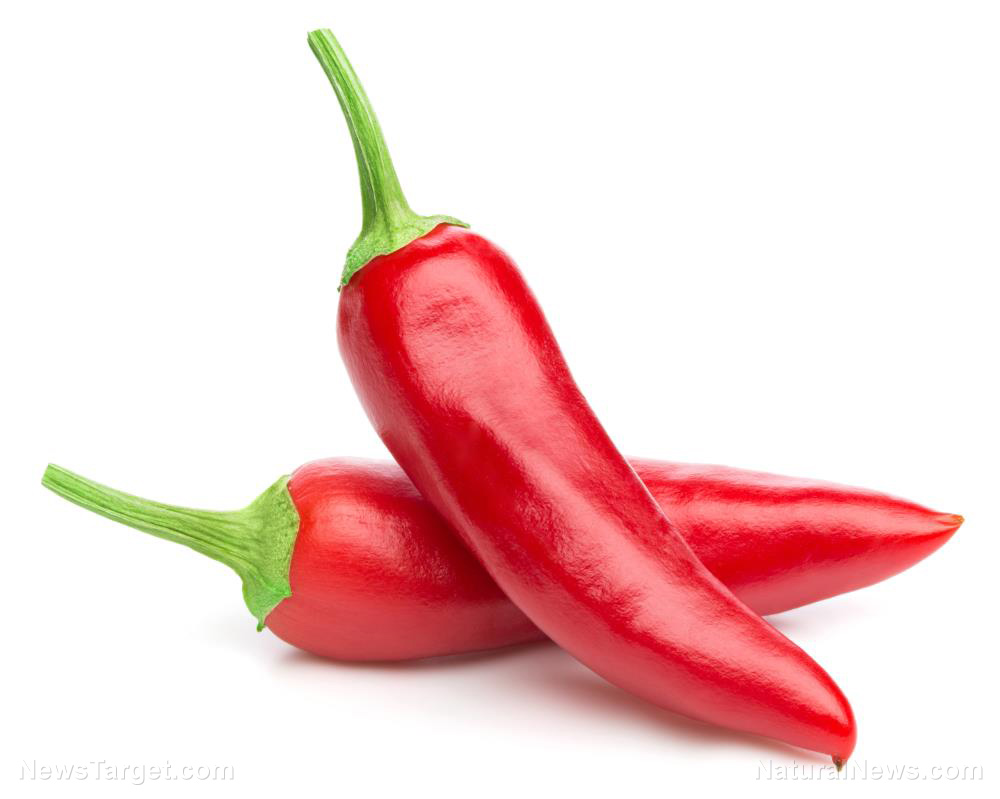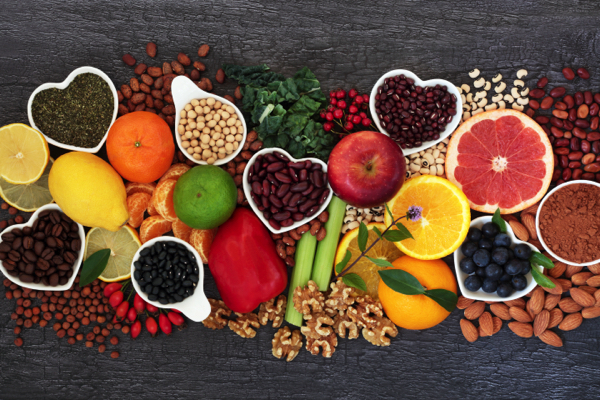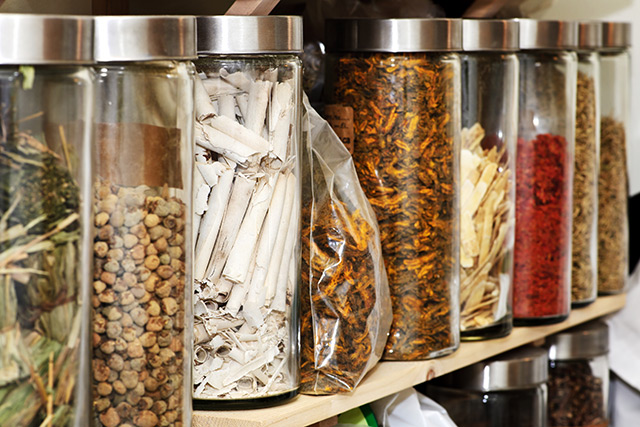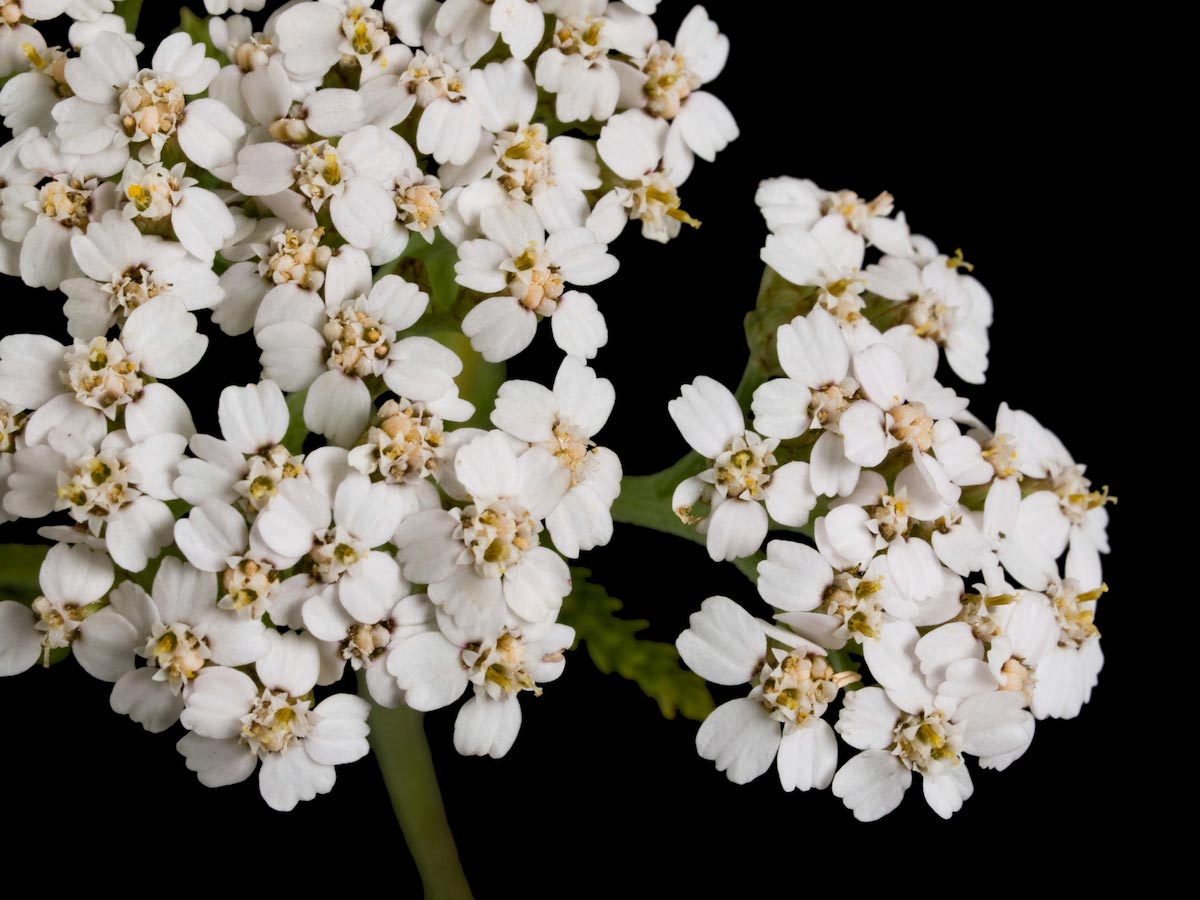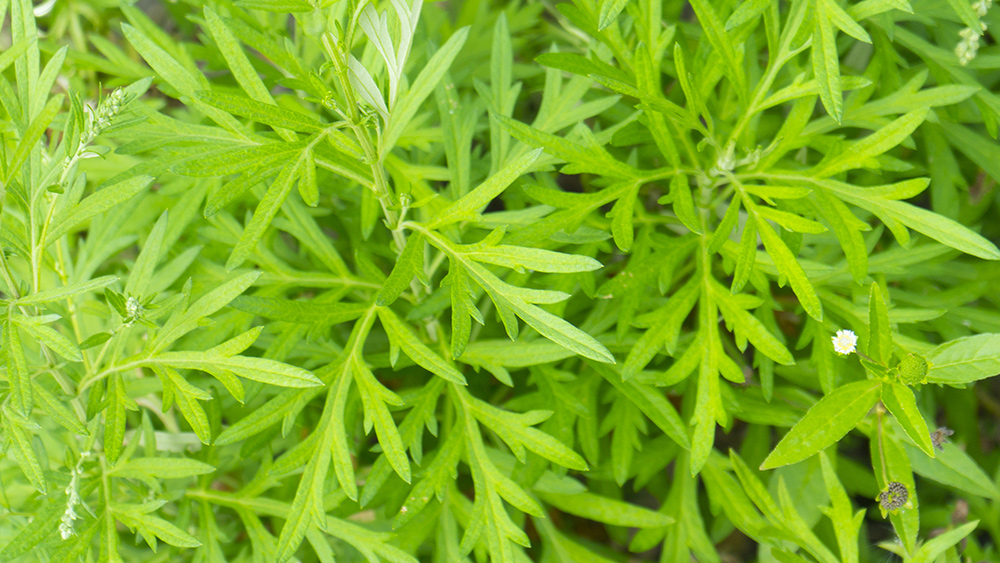Kudzu: The versatile vine with healing powers
08/01/2025 / By Ava Grace
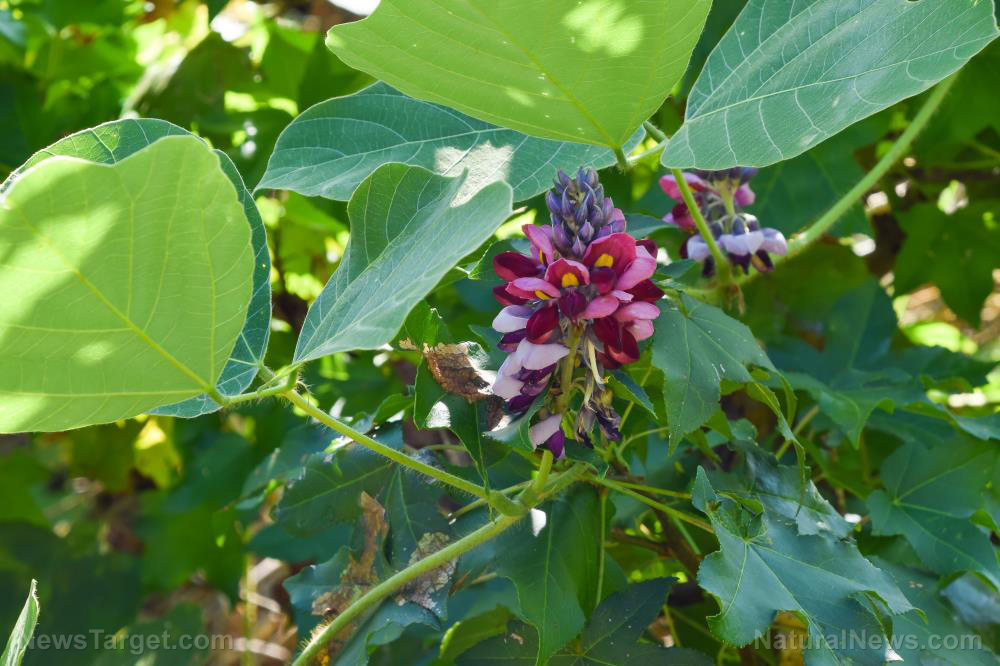
- Kudzu, native to East Asia, has been used for centuries in traditional medicine and cuisine. Introduced to the U.S. in the late 19th century for erosion control, it became invasive in the southeastern U.S. but remains valued for its health benefits.
- Kudzu is rich in bioactive compounds like isoflavones, which have antioxidant, anti-inflammatory and cardiovascular benefits. It also contains genistein, coumestrol and saponins, which contribute to its therapeutic effects.
- Kudzu has been studied for its potential to treat alcohol dependence, improve cardiovascular health, alleviate menopausal symptoms, regulate blood sugar in diabetics and reduce inflammation.
- In Traditional Chinese Medicine, kudzu root is used to treat fever, headaches and muscle pain. Now available in capsules, tinctures and extracts, kudzu is a go-to herb for detoxification, inflammation reduction and overall wellness.
- Kudzu is celebrated in East Asian cuisine (e.g., kuzumochi) and has historical significance as a famine food. It can be used in teas, puddings, stir-fries, smoothies and soups, offering both nutritional and medicinal value.
Kudzu, scientifically known as Pueraria lobata, is a fascinating plant with a rich history, remarkable nutritional properties and a wide range of medicinal uses. This climbing vine, native to East Asia, has been revered for centuries in traditional medicine and cuisine. Despite its reputation as an invasive species in some regions, kudzu is a powerhouse of phytonutrients and has been studied for its potential to alleviate various health conditions.
Kudzu was first documented in ancient Chinese medical texts as an herb for treating ailments like fever, diarrhea and alcoholism. Kudzu was introduced to the United States in the late 19th century as an ornamental plant and later promoted for erosion control due to its rapid growth and extensive root system. However, its aggressive growth led to it being labeled as an invasive species in the southeastern United States, where it now covers millions of acres. (Related: Kudzu shows promise in treating Type 2 diabetes.)
Kudzu thrives in warm, humid climates and is primarily grown in China, Japan and Korea. It has also naturalized in parts of the southeastern United States, where it is often seen blanketing trees, buildings and roadsides. Despite its invasive nature, kudzu has garnered attention for its many health benefits, leading to renewed interest in its cultivation and use.
Kudzu is known by several common names, including “Japanese arrowroot,” “foot-a-night vine,” and “the vine that ate the South.” The plant is easily recognizable by its large, trifoliate leaves and purple flowers which bloom in late summer. Kudzu root, the most commonly used part of the plant, is starchy and has a mild, slightly sweet taste.
Kudzu has a unique place in cultural history. In Japan, kudzu is celebrated for its versatility and is used to make traditional dishes such as “kuzumochi.” In the southern United States, kudzu has become a symbol of resilience and adaptability despite its invasive nature.
In China, kudzu was historically used as a food source during times of famine. Its roots were ground into flour to make bread. This historical use highlights kudzu’s nutritional value and its role in sustaining communities during difficult times.
Phytonutrients and health benefits
Kudzu is rich in bioactive compounds, including isoflavones, which are known for their antioxidant and anti-inflammatory properties. The primary isoflavones found in kudzu are daidzein, daidzin and puerarin. These compounds have been studied for their potential to support cardiovascular health, reduce inflammation and regulate blood sugar levels.
Kudzu contains other beneficial compounds such as genistein, coumestrol and saponins. These phytonutrients contribute to kudzu’s therapeutic effects, making the herb a valuable addition to a health-conscious diet.
Kudzu is traditionally used to treat a variety of conditions, and modern research has begun to validate many of these uses. Here are some of the key health benefits associated with kudzu:
- Treats alcohol dependence – One of the most well-known uses of kudzu is in the treatment of alcohol dependence. Studies have shown that the isoflavones in kudzu can reduce alcohol cravings and consumption by modulating neurotransmitter activity in the brain.
- Supports cardiovascular health – The antioxidant properties of kudzu’s isoflavones help protect against oxidative stress — a major contributor to cardiovascular diseases. Puerarin, in particular, has been shown to improve blood flow to the heart and reduce blood pressure.
- Alleviates menopausal symptoms – Kudzu’s isoflavones have estrogen-like effects, which can help alleviate symptoms of menopause such as hot flashes, night sweats and mood swings.
- Supports diabetes management – Research suggests that kudzu helps regulate blood sugar levels by improving insulin sensitivity and reducing glucose absorption in the intestines.
- Exerts anti-inflammatory effects – The anti-inflammatory properties of kudzu make it a potent remedy for inflammatory conditions such as arthritis, asthma and inflammatory bowel disease.
Medicinal and culinary uses of kudzu
In Traditional Chinese Medicine, kudzu root (known as “Ge Gen”) is commonly used to treat fever, headaches and muscle pain. The root is typically dried and ground into a powder that can be brewed into tea or added to soups and stews. Kudzu starch, extracted from the root, is also used as a thickening agent in cooking.
In modern herbal medicine, kudzu can be taken in various forms such as capsules, tinctures or extracts. These preparations are often used to support detoxification, reduce inflammation and promote overall wellness.
Kudzu can be incorporated into sweet and savory dishes. Here are a few recipe ideas:
- Kudzu root tea – A soothing beverage made by simmering dried kudzu root in water. This tea is often enjoyed for its calming effects and potential health benefits.
- Kudzu starch pudding – A creamy dessert made by dissolving kudzu starch in water and sweetening it with honey or fruit. This pudding is a popular treat in East Asia.
- Kudzu stir-fry – A savory dish featuring kudzu root slices stir-fried with vegetables and tofu. The mild flavor of kudzu root pairs well with a variety of seasonings.
- Kudzu smoothie – A refreshing drink made by blending kudzu starch with almond milk, bananas and a touch of cinnamon. This smoothie is a delicious and convenient way to enjoy the health benefits of kudzu.
- Kudzu-infused soup – A hearty soup made with kudzu root, chicken broth and assorted vegetables. Kudzu root adds a subtle sweetness and thickens the soup naturally.
Kudzu, with its rich history and impressive array of health benefits, is a plant that deserves recognition beyond its reputation as an invasive species. From its use in traditional medicine to its potential in modern health applications, kudzu offers a wealth of opportunities for those seeking a natural remedy that also doubles as a nutritious food.
This story is not medical advice and is not intended to treat or cure any disease. Always consult with a qualified naturopathic physician for personalized advice about your specific health situation or concern.
Visit NaturalNews.com, a great article source where you can learn about superfoods and edible herbs and their health benefits.
You can also try Brighteon.ai, an AI model created by Mike Adams, also known as the Health Ranger. This model is available as a free download to be run locally and is designed to help share and decentralize knowledge. By doing so, it aims to bypass censorship and empower people with knowledge.
If you’re looking for an uncensored video free speech website where you can openly discuss nutrition, natural medicine, ingredients and more, check out Brighteon.com and these two free speech social media sites, Brighteon.IO and Brighteon.social.
Watch this video to learn how Kudzu can support a healthy heart.
This video is from the PlantYouWant channel on Brighteon.com.
More related stories:
Compound in kudzu can help treat diabetes.
How do you use kudzu in a survival situation?.
Foraging 101: Wild herbs and plants that will help you survive when SHTF.
Take Indian kudzu if you’re diabetic: It keeps your kidneys healthy.
Sources include:
Submit a correction >>
Tagged Under:
alternative medicine, Chinese medicine, Cures, healing, health science, herbal medicine, Herbs, isoflavones, Kudzu, natural cures, natural health, natural medicine, Naturopathy, phytonutrients, plant medicine, remedies
This article may contain statements that reflect the opinion of the author
RECENT NEWS & ARTICLES
Herbs.News is a fact-based public education website published by Herbs News Features, LLC.
All content copyright © 2018 by Herbs News Features, LLC.
Contact Us with Tips or Corrections
All trademarks, registered trademarks and servicemarks mentioned on this site are the property of their respective owners.

